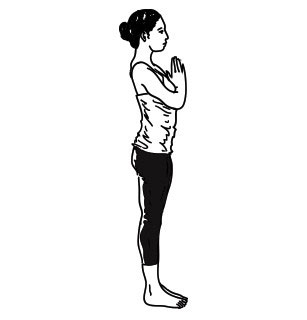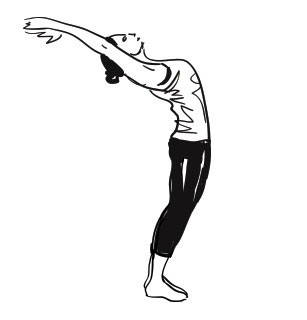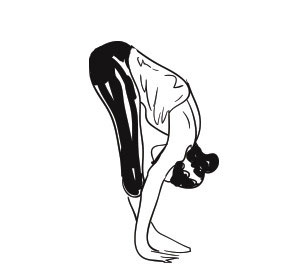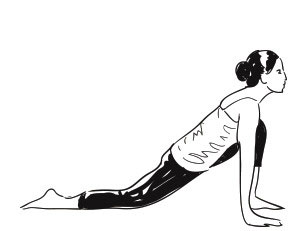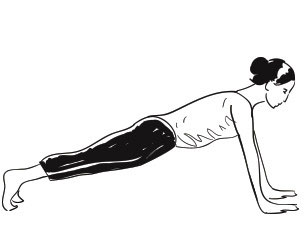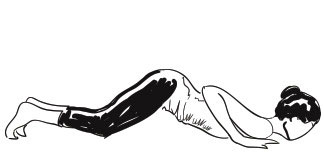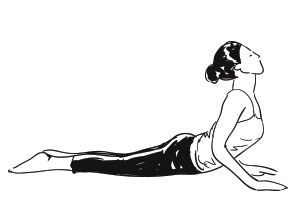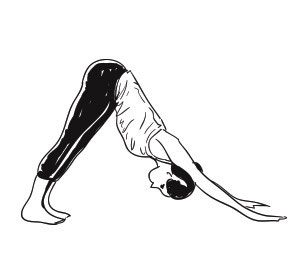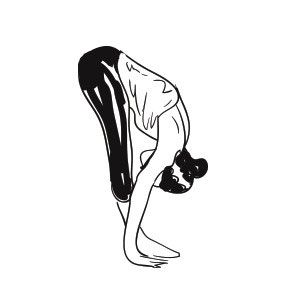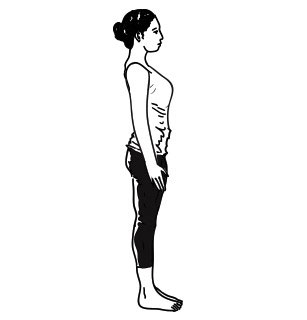Obesity and Overweight Being Health Problem
Overweight and Obesity may increase the risk of many health problems, including diabetes, heart disease, and certain cancers. If you are pregnant, excess weight may lead to short- and long-term health problems for you and your child.
This fact sheet tells you more about the links between excess overweight And obesity many health conditions. It also explains how reaching and maintaining a normal weight may help you and your loved ones stay healthier as you grow older.
Overweight is generally due to extra body fat. However, overweight may also be due to extra muscle, bone, or water. People who have obesity usually have too much body fat.
Health problems Being Overweight and Obesity
Excess weight may increase the risk for many health problems, including
- Type 2 Diabetes
- High Blood Pressure
- Heart Disease
- Stroke
- Cancer
- Sleep Apnea
- degenerative arthritis
- fatty Liver Disease
- Kidney Disease
- Pregnancy Problem
Type 2 Diabetes-
Type 2 diabetes, the most common type of diabetes, is a disease that occurs when your blood glucose, also called blood sugar, is too high. Blood glucose is your main source of energy and comes mainly from the food you eat. Insulin, a hormone made by the pancreas, helps glucose get into your cells to be used for energy. In type 2 diabetes, your body doesn’t make enough insulin or doesn’t use insulin well. Too much glucose then stays in your blood, and not enough reaches your cells.
Type 2 Diabetes linked to Overweight and Obesity
More than 87% of adults with diabetes are overweight or obese.4 It isn’t clear why people who are overweight are more likely to develop this disease. It may be that being overweight causes cells to change, making them resistant to the hormone insulin. Insulin carries sugar from blood to the cells, where it is used for energy. When a person is insulin resistant, blood sugar cannot be taken up by the cells, resulting in high blood sugar. In addition, the cells that produce insulin must work extra hard to try to keep blood sugar normal. This may cause these cells to gradually fail.
High Blood Pressure
Every time your heart beats, it pumps blood through your arteries to the rest of your body. Blood pressure is how hard your blood pushes against the walls of your arteries. High blood pressure (hypertension) usually has no symptoms, but it may cause serious problems, such as heart disease, stroke, and kidney failure.
A blood pressure of 120/80 mm Hg (often referred to as “120 over 80”) is considered normal. If the top number (systolic blood pressure) is consistently 140 or higher or the bottom number (diastolic blood pressure) is 90 or higher, you are considered to have high blood pressure
High blood pressure linked to overweight and Obesity
High blood pressure is linked to overweight and obesity in several ways. Having a large body size may increase blood pressure because your heart needs to pump harder to supply blood to all your cells. Excess fat may also damage your kidneys, which help regulate blood pressure.
Heart Disease
Heart disease is a term used to describe several problems that may affect your heart. The most common type of problem happens when a blood vessel that carries blood to the heart becomes hard and narrow. This may keep the heart from getting all the blood it needs. Other problems may affect how well the heart pumps. If you have heart disease, you may suffer from a heart attack, heart failure, sudden cardiac death, angina (chest pain), or abnormal heart rhythm. Heart disease is the leading cause of death .
Heart disease linked to overweight and Obesity
People who are overweight or obese often have health problems that may increase the risk for heart disease. These health problems include high blood pressure, high cholesterol, and high blood sugar. In addition, excess weight may cause changes to your heart that make it work harder to send blood to all the cells in your body.
Stroke
A stroke happens when the flow of blood to a part of your brain stops, causing brain cells to die. The most common type of stroke, called ischemic stroke, occurs when a blood clot blocks an artery that carries blood to the brain. Another type of stroke, called hemorrhagic stroke, happens when a blood vessel in the brain bursts.
Stroke Linked to Overweight and Obesity
Overweight and obesity to increase blood pressure. High blood pressure is the leading cause of strokes. Excess weight also increases your chances of developing other problems linked to strokes, including high cholesterol, high blood sugar, and heart disease.
Cancer
Cancer occurs when cells in one part of the body, such as the colon, grow abnormally or out of control. The cancerous cells sometimes spread to other parts of the body, such as the liver. Cancer is the second leading cause of death.
Cancer linked to over weight and obesity
Gaining weight as an adult increases the risk for several cancers, even if the weight gain doesn’t result in overweight or obesity. Fat cells may release hormones that affect cell growth, leading to cancer. Also, eating or physical activity habits that may lead to being overweight may also contribute to cancer risk.
Being overweight increases the risk of developing certain cancers, including the following 5-
- 1 – breast, after menopause
- 2 – colon and rectum
- 3 – endometrium (lining of the uterus)
- 4 – gallbladder
- 5 – kidney
Sleep Apnea
Sleep apnea is a condition in which a person has one or more pauses in breathing during sleep. A person who has sleep apnea may suffer from daytime sleepiness, difficulty focusing, and even heart failure.
Sleep Apnea linked to Overweight and obesity
Obesity is the most important risk factor for sleep apnea. A person who is overweight may have more fat stored around his or her neck. This may make the airway smaller. A smaller airway can make breathing difficult or loud (because of snoring), or breathing may stop altogether for short periods of time. In addition, fat stored in the neck and throughout the body may produce substances that cause inflammation. Inflammation in the neck is a risk factor for sleep apnea.
Degenerative Arthritis
Osteoarthritis is a common health problem that causes pain and stiffness in your joints. Osteoarthritis is often related to aging or to an injury, and most often affects the joints of the hands, knees, hips, and lower back.
Degenerative Arthritis linked to overweight and obesity
Being overweight is one of the risk factors for osteoarthritis, along with joint injury, older age, and genetic factors. Extra weight may place extra pressure on joints and cartilage (the hard but slippery tissue that covers the ends of your bones at a joint), causing them to wear away. In addition, people with more body fat may have higher blood levels of substances that cause inflammation. Inflamed joints may raise the risk for osteoarthritis.
Fatty Liver Disease
It is also known as nonalcoholic steatohepatitis (NASH), occurs when fat builds up in the liver and causes injury. Fatty liver disease may lead to severe liver damage, cirrhosis (scar tissue), or even liver failure.
It is like alcoholic liver disease, but it isn’t caused by alcohol and can occur in people who drink little or no alcohol.
Fatty liver Disease linked to Overweight and Obesity
This disease most often affects people who are middle-aged, overweight or obese, and/or diabetic. Fatty liver disease may also affect children.
Kidney Disease
Your kidneys are two bean-shaped organs that filter blood, removing extra water and waste products.The Kidn Your kidneys also help control blood pressure so that your body can stay healthy.
Kidney disease means that the kidneys are damage.This damage can cause wastes to build up in the body. It can also cause other problems that can harm your health.
Kidney Disease linked to Overweight and Obesity
Obesity increases the risk of diabetes and high blood pressure, the most common causes of chronic kidney disease. Recent studies suggest that even in the absence of these risks, obesity itself may promote chronic kidney disease and quicken its progress.
Pregnancy Problems
Overweight and obesity raise the risk of health problems for both mother and baby that may occur during pregnancy. Pregnant women who are overweight or obese may have an increased risk for
- developing gestational diabetes (high blood sugar during pregnancy)
- having preeclampsia (high blood pressure during pregnancy that can cause severe problems for both mother and baby if left untreated)
- needing a C-section and, as a result, taking longer to recover after giving birth.
Babies of overweight or obese mothers are at an increased risk of being born too soon, being stillborn (dead in the womb after 20 weeks of pregnancy), and having neural tube defects (defects of the brain and spinal cord).
Pregnancy Problem linked to Overweight and Obesity
Pregnant women who are overweight are more likely to develop insulin resistance, high blood sugar, and high blood pressure. Overweight also increases the risks associated with surgery and anesthesia, and severe obesity increases surgery time and blood loss.
Gaining too much weight during pregnancy can have long-term effects for both mother and child. These effects include that the mother will have overweight or obesity after the child is born. Another risk is that the baby may gain too much weight later as a child or as an adult.
If you are pregnant, check the sidebar for general guidelines about weight gain. Talk to your health care provider about how much weight gain is right for you during pregnancy.










